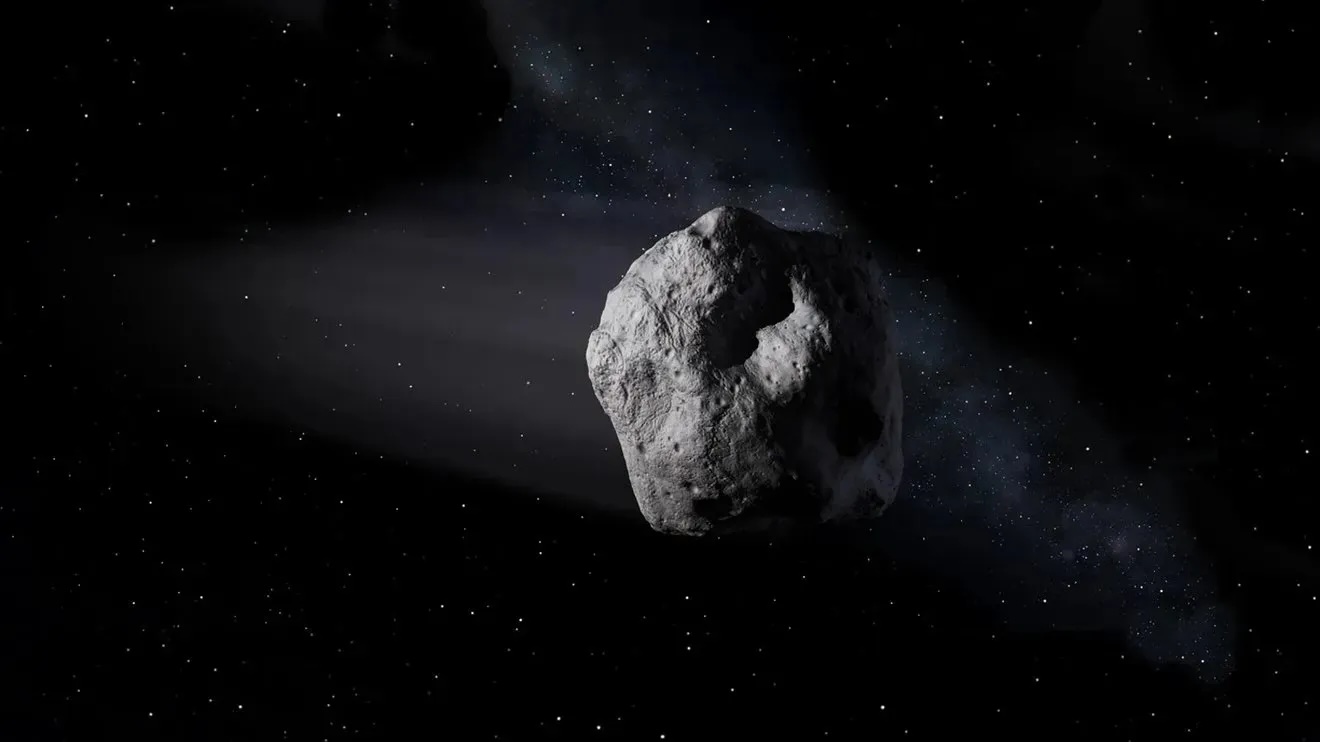When you buy through links on our web site , we may earn an affiliate commission . Here ’s how it works .
Australian biosecurity officers have destroy historic and irreplaceable industrial plant specimens that date back to the mid-1800s due to a paperwork error , according to intelligence composition .
A rarified collection of bloom plants from France ’s National Museum of Natural History in Paris was burn in March due to an e-mail mix - up and insufficient paperwork , reported the Australian Broadcasting Corporation(ABC ) . The pressed plant specimens were considered " irreplaceable " because of their gamy historic and scientific value , according to the ABC .

Sharing preserved plant specimens — like this Ethiopian endemic Acanthus plant from the Herbarium at The Royal Botanic Gardens, Kew in London (which was not involved in the recent events in Australia) — is an important part of international botanical research.
A representative for the Australian Federal Department of Agriculture and Water Resources , which controls the country ’s biosecurity , tell the ABC that the documents accompany the appeal from the museum did not comply with Australia’simport conditions . Queensland ’s herbarium , which was typeset to get the collection from Paris , was asked to render further support , but an e-mail mix - up retard the response . When the extra paperwork was received , biosecurity officials quest more entropy . During the clip that the paperwork was being sorted out , the collection was incinerated . [ Amazing Images from Australia ’s ' Lost World ' ]
" The section acknowledges the substantial value as a botanical reference work collection , " a spokesperson told the ABC . " [ It ] yield that devastation of the specimens should not have proceeded while communication between the department and the intend recipient role was ongoing . "
These rigorous biosecurity policies last made newspaper headline in 2015 , when actor Johnny Depp and then - married woman Amber Heardillegally contribute their two pet Yorkshire terriersinto the state .

Sharing preserved plant specimens — like this Ethiopian endemic Acanthus plant from the Herbarium at The Royal Botanic Gardens, Kew in London (which was not involved in the recent events in Australia) — is an important part of international botanical research.
Australia has strict import policy because the land has many biosecurity concerns regarding strange plants and animals . Because of the nation ’s geographical closing off , and because some ofthe country ’s aboriginal flora and faunais feel nowhere else in the world , the introduction of non - aboriginal species can disrupt the ecosystem ’s raw balance . Plants and beast that are brought into the land without appropriate documentation and commendation are subject to quarantine , harmonise to the Australian government . These specimen can then be export or destroyed if they are deemed to be a threat to the nation ’s ecosystem(animals could be euthanized ) .
The incineration of the plant accumulation from France was not the only recent relative incidence in which research specimen were destroyed . Within hebdomad of the incineration of the French collection , lichen specimensfrom New Zealand ’s Allan Herbarium that were being sent to the Australian National Herbarium were destroy by biosecurity officers , the ABC report .
" We rely on sharing specimens from all over the world to be able-bodied to do our science . So [ the death of these collections ] may have a major shock on our ability to do our enquiry , " Michelle Waycott , chair of the Council of Heads of Australasian Herbaria , told the ABC . " The fact that it happen doubly in the space of a duad of week and that they were two separate ports , two disjoined unveiling points , has us very interested . "

According to Waycott , the New Zealand herbaria has since censor sending specimens to Australia .
Original clause onLive Science .

















